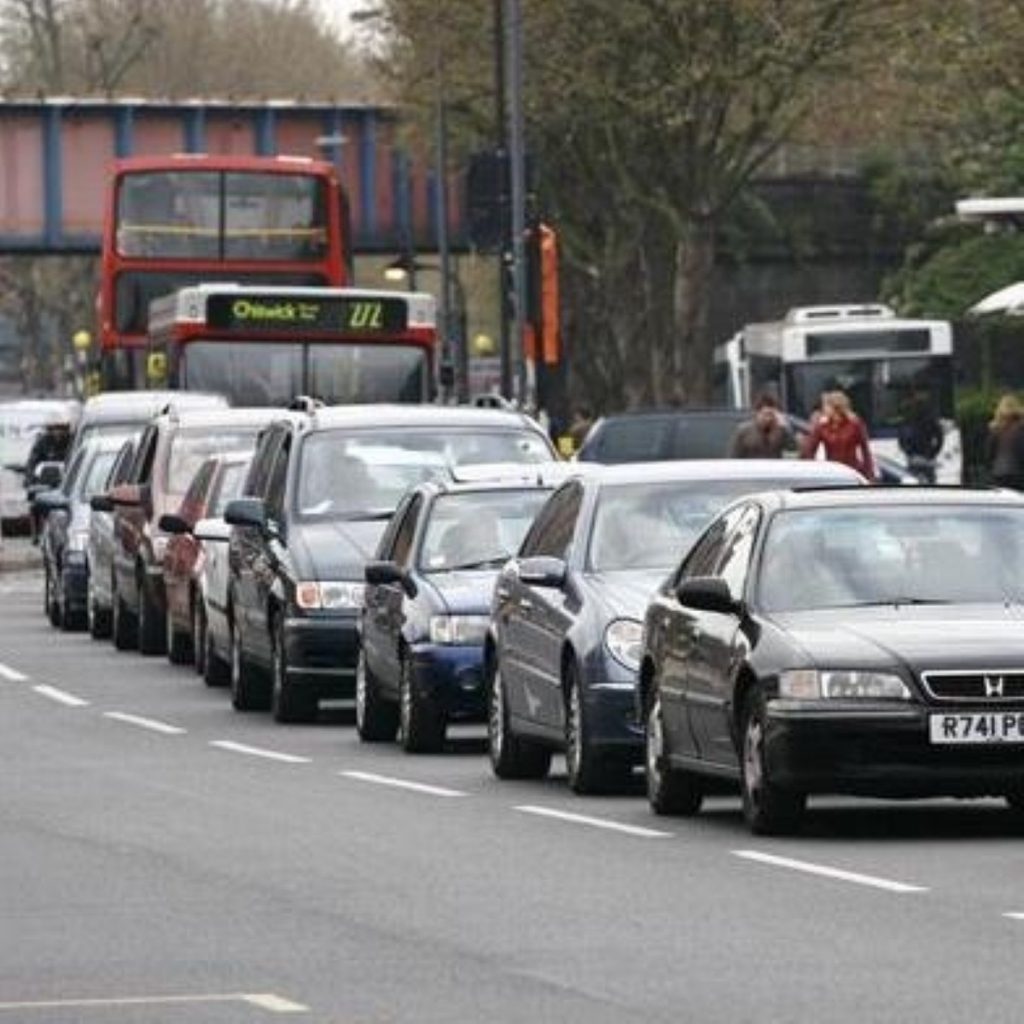PACTS recommends 20mph urban speed limit
The Parliamentary Advisory Council for Transport Safety (Pacts) today advised the government to introduce 20mph speed limits in urban areas.
It is thought a reduction in the speed limit, from the present maximum of 30mph, could halve road fatalities.
PACTS cite a survey carried out by the Transport Research Laboratory (TRL) which examined 20mph restriction zones across Europe.
It found accidents involving children fell by 67 per cent, accidents involving cyclists fell by 29 per cent and overall traffic flows were down by 27 per cent when limits were lowered.


Commenting on the survey, PACTS executive direction Robert Gifford told BBC Radio 4’s Today programme: “These [restrictions] do work.
“And I’m entirely in agreement…that what we need is to engender a culture on the roads that encourages people to look out for each other and look after each other, and that’s clearly what 20 mph zones will help to do.”
Lowering speed limits in built-up areas would also have additional positive effects according to PACTS.
Mr Gifford claimed more people would be encouraged to cycle or walk if they felt the roads were safer.
He explained: “You get a virtuous circle: more walking, more cycling, fewer people killed and injured and the environment benefits.”
PACTS would like to see the limits enforced by a new generation of speed cameras, which it recommends should be a priority for the government.
However, concerns have been raised by the Association of British Drivers (ABD).
Nigel Humphries of the ABD argued that tightening restrictions would actually increase accidents, saying: “All you achieve by making people drive down the road looking at their speedometer, is ten times as many deaths and that’s before you cause more accidents because people aren’t looking where they’re going,”
The lower of speed limits may assist the government in reaching its target of reducing injuries on the road by 40 per cent by 2010, from mid-1990s levels.
Traffic calming measures, seatbelts, breathalysers and improved vehicle design have already helped cut road deaths to around 3,200 annually – down from over 7,000 a year during the 1960s.
However, road transport campaigners Safe Speed offered their own interpretation of the data available.
The group argue latest national figures indicate average accident severity is far higher in 20mph zones than in 30mph zones.
In 20mph zones in 2006, 17 per cent of injury crashes were fatal or serious, while in 30mph zones in 2006 only 13 cent of injury crashes were fatal or serious.
Paul Smith of Safe Speed said: “The figures destroy the general argument that driving slower means smaller crashes.
“Obviously the national picture is telling us something completely different. In 20mph zones we’re having worse crashes than in 30mph zone.”
His view was supported by Daniel Moylan, deputy leader of Kensington and Chelsea Council.
Mr Moylan told the Today programme: “What we need instead of more speed cameras.is a different way of designing our streets, a way that encourages a degree of interaction between motorists and other road users.so that the motorist and others have to interact by looking where they’re going”












